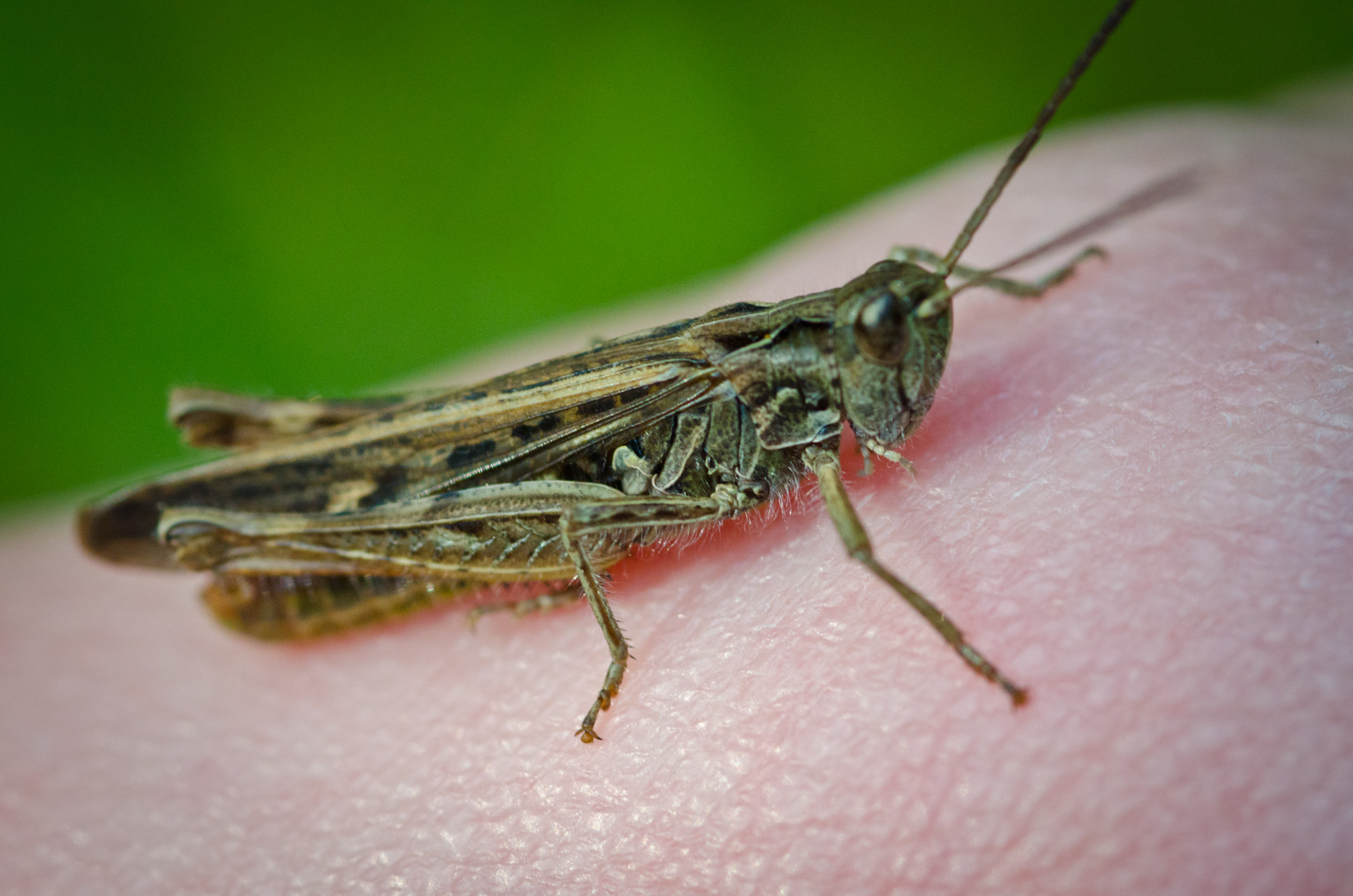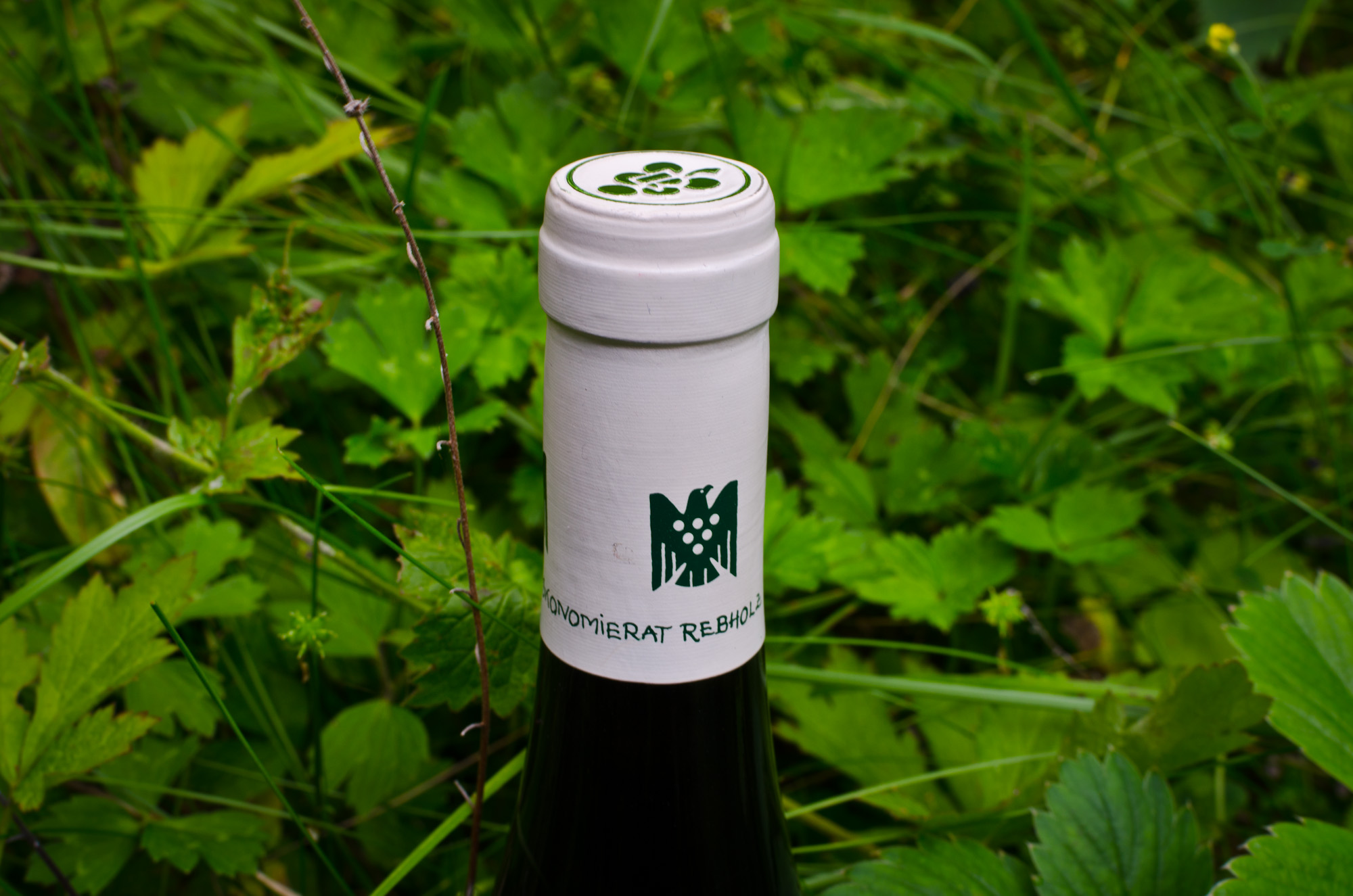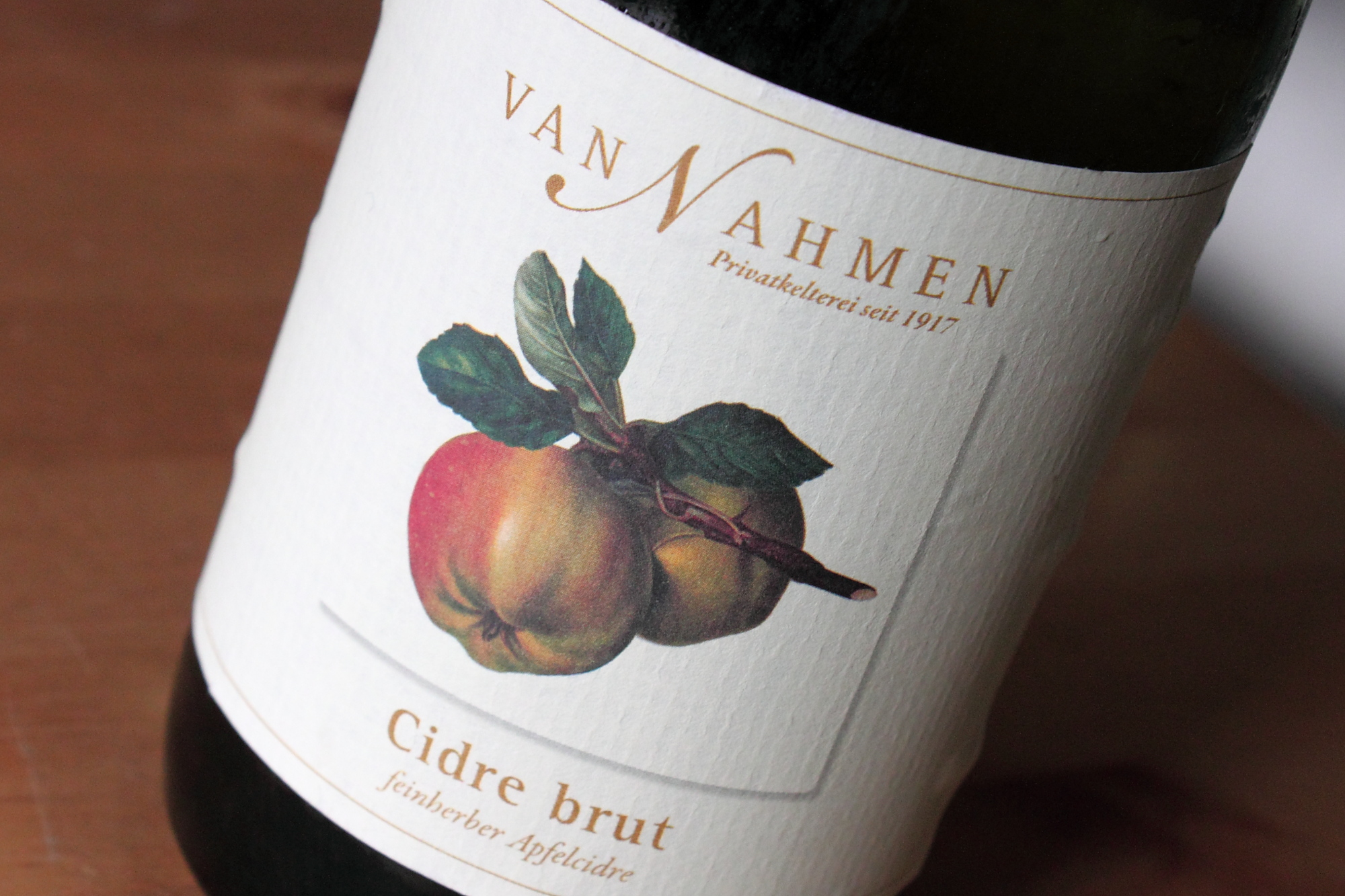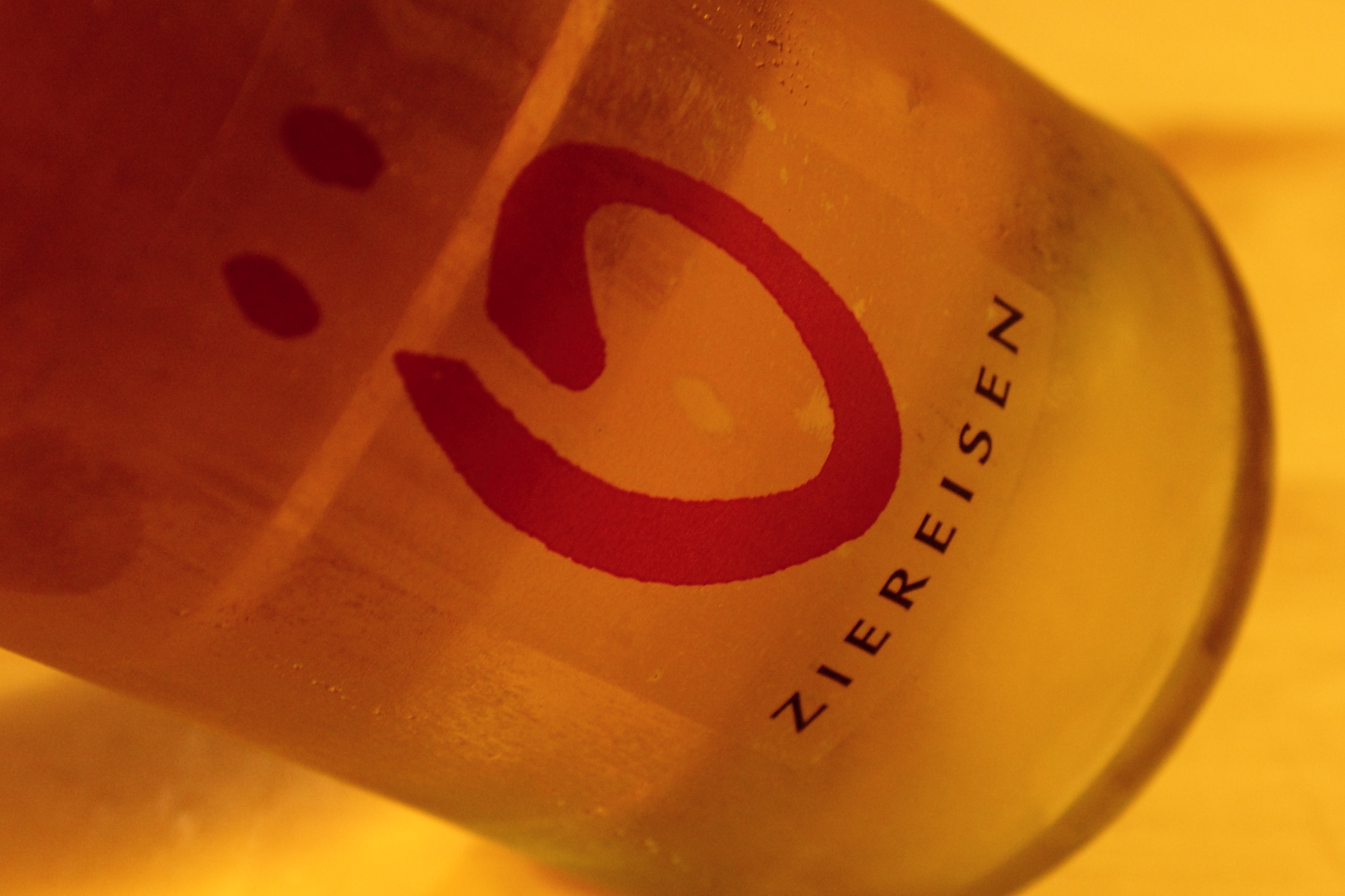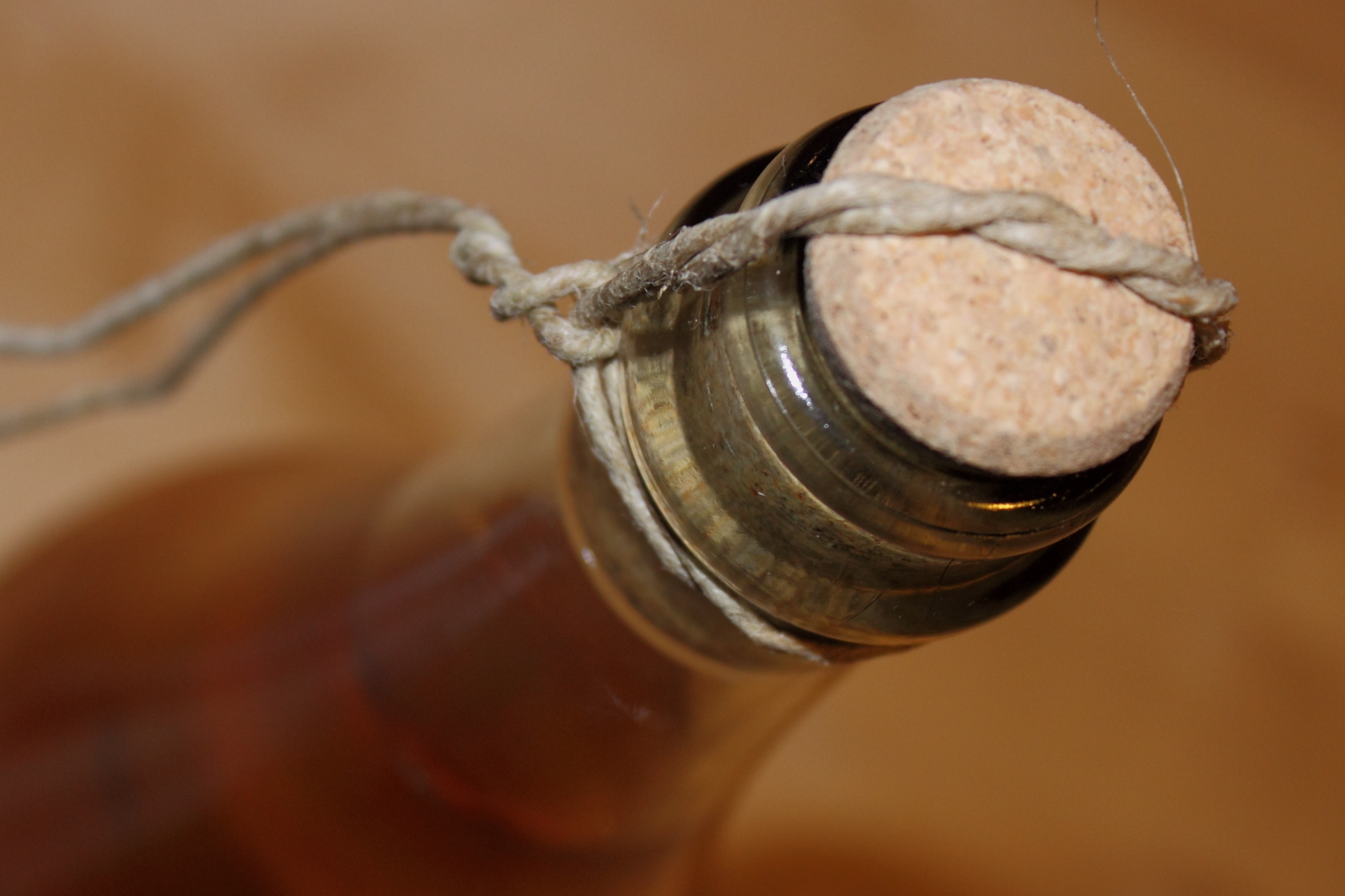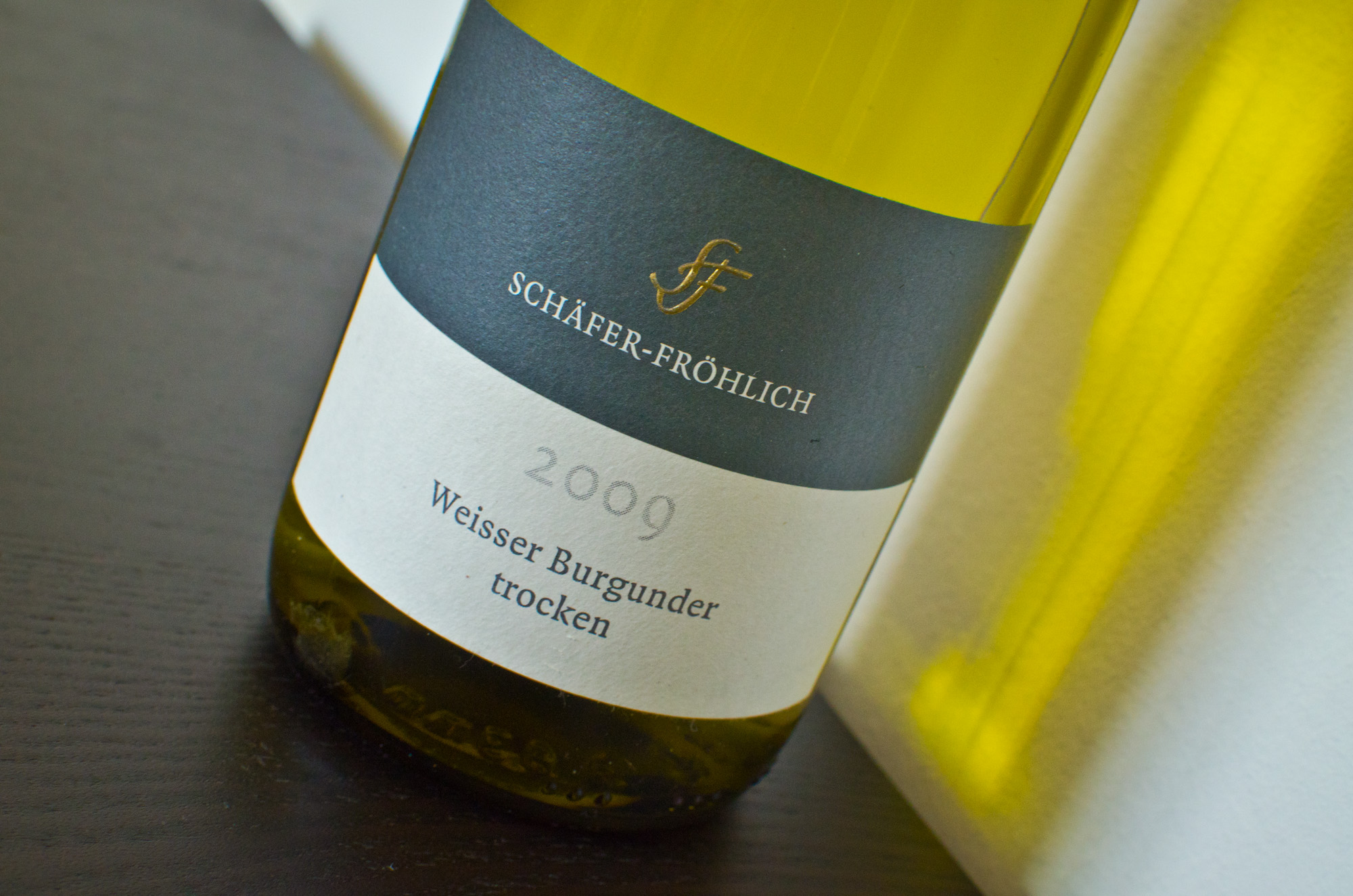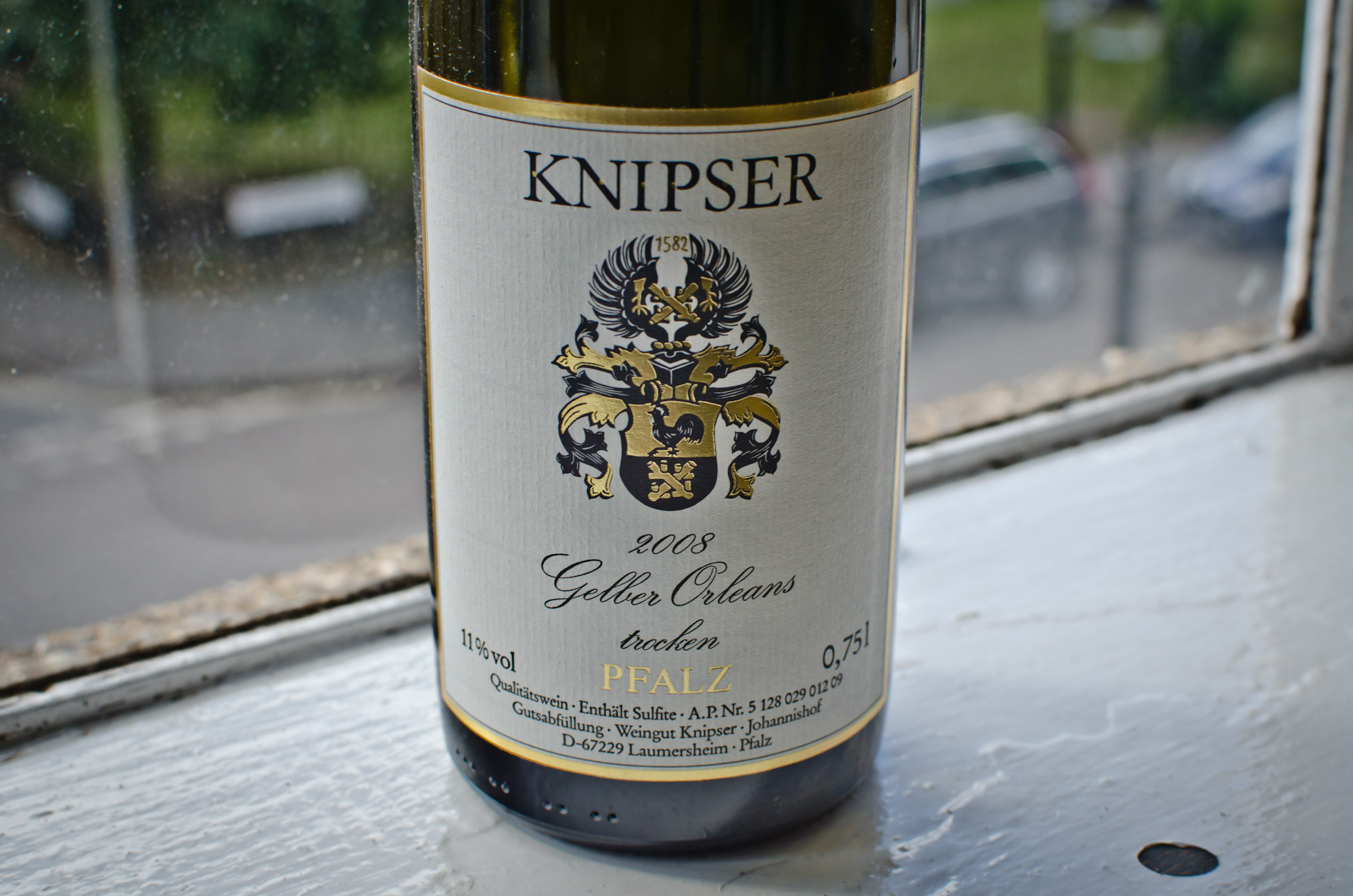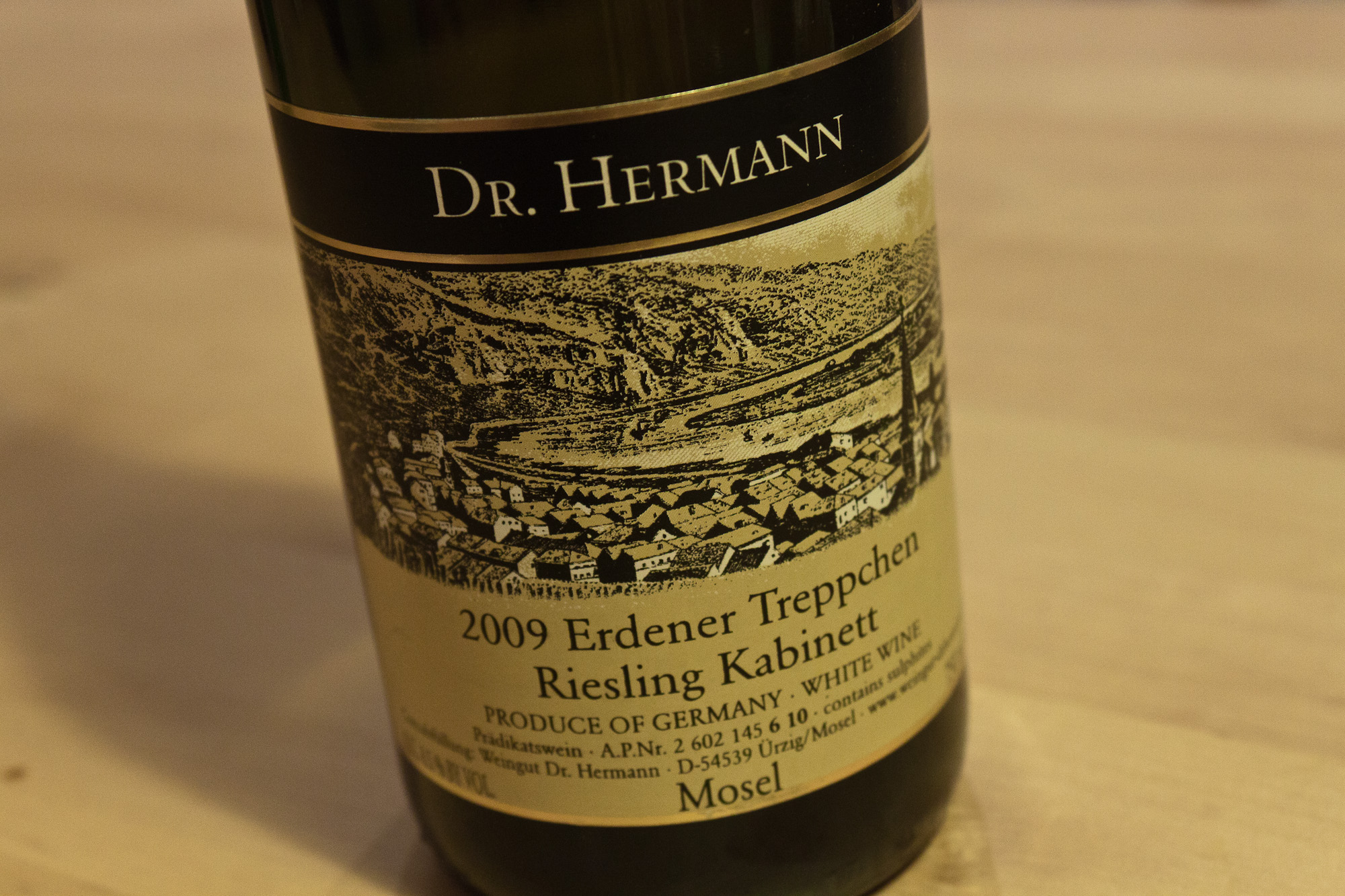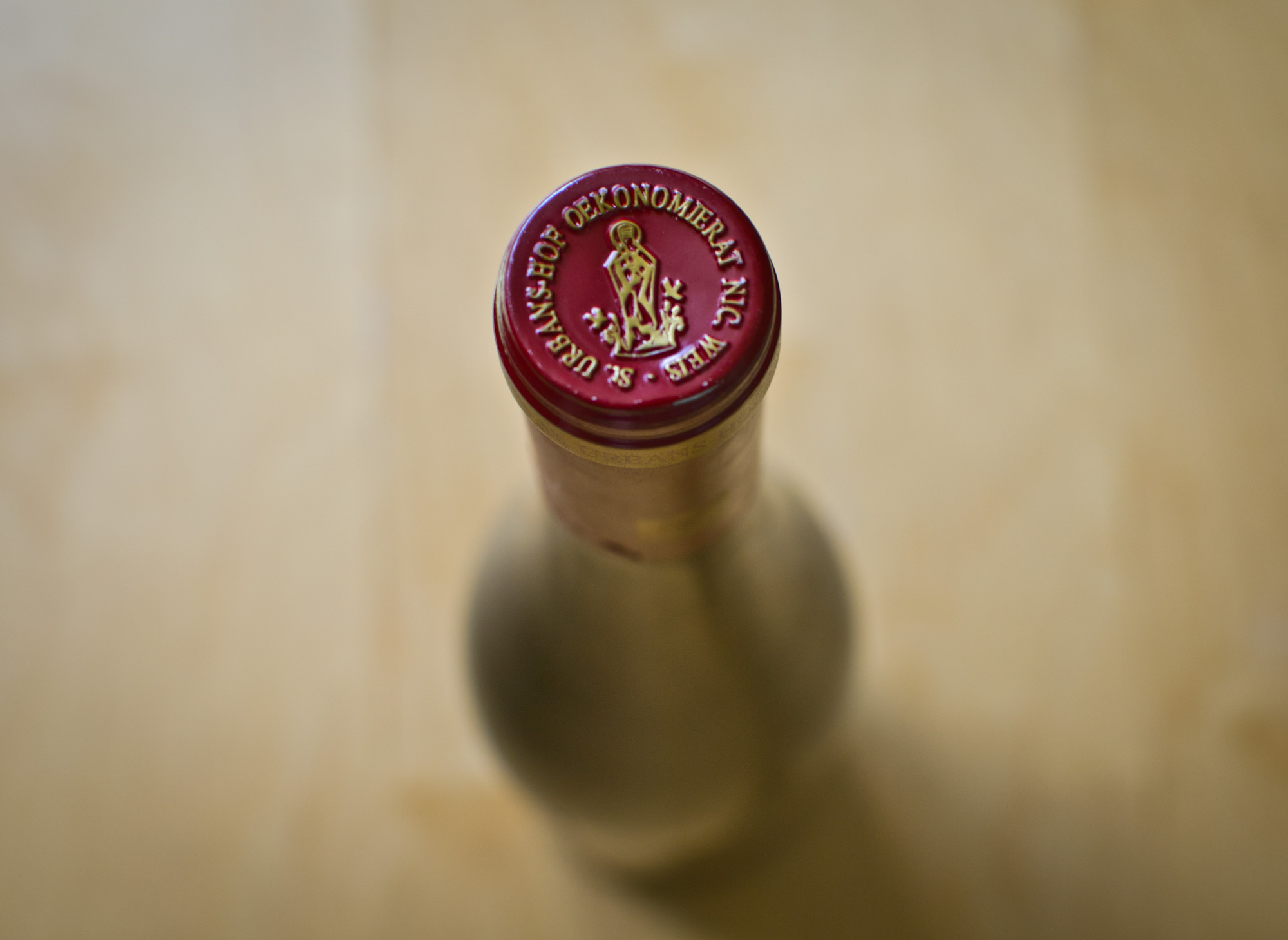Grower's cooperatives, in all fairness, are not the category of wine producers that one would look to for outstanding quality or individuality - neither in Germany nor anywhere else. In a way, though, they are more interesting in judging vintages and wine growing regions, because they tend to have somewhat more mixed grape material to work with, and usually cannot organize and motivate everybody to work extra hard and select more thoroughly to make up for weaker vintages, like individual wineries sometimes can. This makes winemaking technology more prominent - not something we wine snobs want to see as such, don't get me wrong, but looking for ever more characterful and expressively "natural" wines, you can loose track of the state of what the rest of us get to drink, other than resorting to supermarket brands. A bit like missing the fact that the chinese takeaway in your street has got much better under the new proprietor because you only ever eat at Gordon Ramsay's - if this clumsy analogy makes any sense.

Anyway, I wasn't thinking anything nearly as coherent when friends from - wait for it - Esslingen presented me with this bottle of cooperatively made, multi-varietal white. It was more along the lines of "Bottle o' swabian wine. Yummy".
